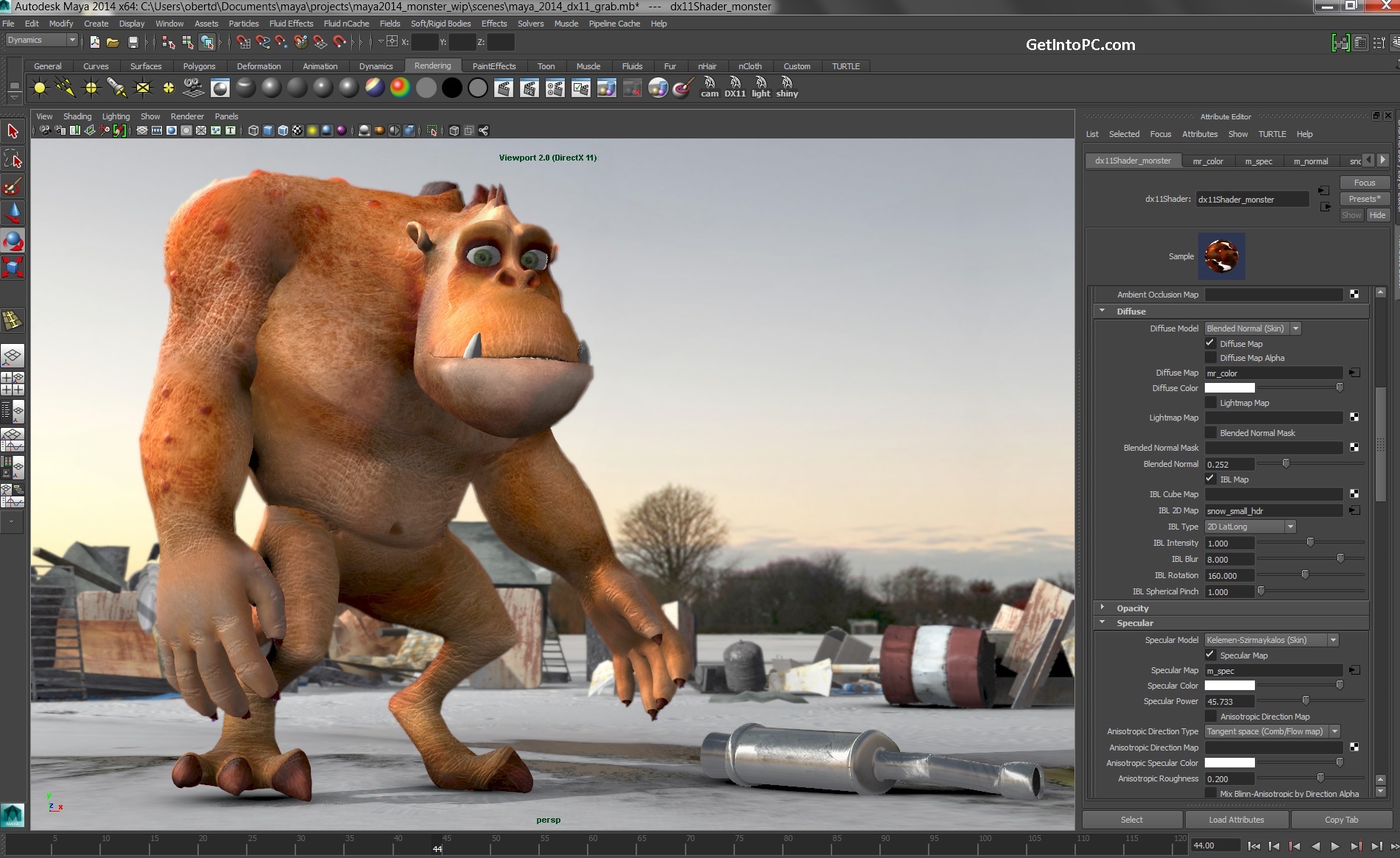Blender is high-resolution 3D graphics
software used in modeling and animation. It creates still frames or video. The software
is maintained by the Blender Foundation, a Dutch public benefit corporation,
established to support updating Blender and the projects on blender.org.
Blender can be downloaded at no cost. Blender has a large user base with over
3.4 million downloads per year. The Blender
software is open source and runs on Linux, Mac, and Windows. The graphical user interface (GUI)
is designed around an animator’s production workflow. It uses a Python
application program interface (API) for scripting.
Blender does not need extra software
to complete the workflow. The graphical user interface (GUI) is independent of
the three systems (Linux, Mac, and Windows) and looks and functions the same on
all three.
Blender is maintained by hundreds of people who donate their time to updating
Blender. This very active on line community is comprised of artists, VFX
experts, hobbyists and scientists. The motivation of the global on line
volunteers is to support a free and open source 3D creation software. Sometimes
potential users think free means sub-par but this is not true of Blender.
The numerous uses of Blender include
game theory and design, video editing, graphics animation and scientific
visualization. It is widely used by scientific fields like astronomy. Blender
is chosen for astronomical exploratory data analysis for its rendering,
projecting and mapping of volumetric data cubes onto mesh surfaces and its animating
simulation. Blender has scientific accuracy and precision crucial for analyzing
experiments. Blender’s vivid cinema animations bring experiments to life for
lay public which is important to this scientific community.
Auto-Desk Maya is also high
resolution 3D graphics software. Maya uses a node graph architecture where each
node is customized with information and a visual scene is possible from the
interconnecting nodes. Similarly used for research and visualization like
Blender, Maya is used more extensively by the big movie and television
companies. Walt Disney actually requested that Maya have an interface that
could be customized to a person’s workflow. This feature popularized Maya in
the movie and television industries. Auto-Desk, Inc. was honored with an
Academy Award for Technical Achievement for scientific and technical
achievement for their development of Maya software.
Maya is not often used by hobbyists
like Blender is because of the high average purchase cost of $3675 compared to
the free cost of Blender. The purchase of Maya comes with a 36 month license. The
purchaser can renew Maya’s license upon expiration and then download the newest
Maya version. To compete with the no cost structure of Blender, Maya does have
a free Personal Learning Edition that is for non-commercial work. Maya and
Blender both have the capabilities of 3D mesh models, animation, 3D texture
mapping, internal rendering and lighting control. Blender also includes
external rendering, 3D sculpting and node and video editing. Both software programs
are constantly being updating. The newest version of Blender has bMesh, bSurfaces
and an improved node based shader system (Cycles). Maya has an exceptional widely
used render, mental ray. To compete with Maya’s Bullet Physics, Bullet Physics
was also added to Blender. Users say that Maya is harder to use. Some users
complain that Blender’s hotkeys are difficult to learn especially if you have
been using a different 3D software than Blender.



No comments:
Post a Comment